Google’s Autonomous Cars Hit a roadblock at the DMV
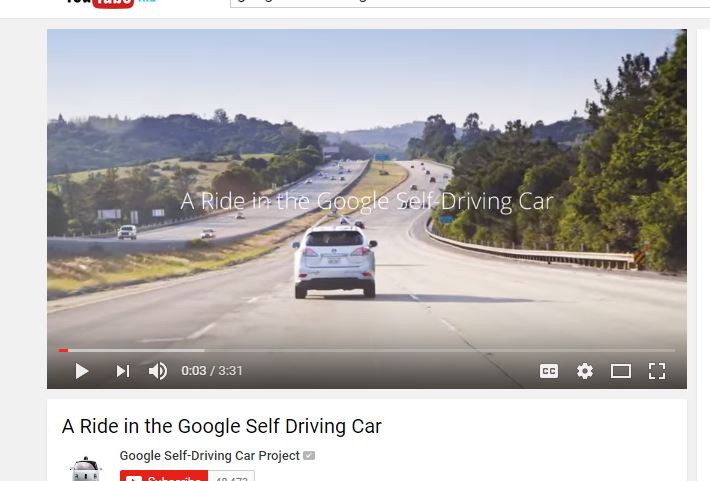
No one likes waiting at the DMV but it appears even a large corporation like Google has to deal with that common inconvenience as well. Google has long been at work attempting to bring cars that drive themselves to a road near you but they seem to have hit a roadblock of bureaucracy. The tech titan wants freedom in order to give the public access to self-driving prototypes it has been testing on public roads since summer 2015. However, before granting that permission, many states, specifically California have regulators that wish for Google to prove these cars of the future already drive as safely as people.
The Department of Motor Vehicles was supposed to write precedent-setting rules of the road by last Jan. 1. Nearly a year later, it is still struggling. After all, the agency is geared to administering driving tests and registering cars, not settling complicated questions the technology raises.
Here’s the tricky part: technically speaking, self-driving cars are in fact legal in the United States. They’ve always been legal since they’ve never been outlawed. If a law does not exist regarding it, it is well within your legal rights. This is America. However, Google might rally have something to prove before all is said and done. For instance if a cars’ advanced sensors and computing power can drive better than humans, do they need a steering wheel and pedals? Would a person even need to be inside? Google says no on both. That plays into the idea Regulators don’t want to be blamed for unnecessarily stalling the arrival of robo-chauffeurs that can see farther, react faster and don’t text, speed or fall asleep. They’ve implored Google and traditional automakers also developing the technology to share safety data, but companies in competition don’t willingly reveal trade secrets.
So no, the delay is not what Google had in mind when it pushed the 2012 legislation that made California one of the few states officially to authorize self-driving cars. Google’s hope was to trade the independence to innovate without government oversight for regulatory certainty. Which brings us to three years later and nothing has happened to that effect. While self-driving cars are nowhere near to being widely available, Google hinted in 2014 it wanted to get self-driving cars into public hands as early as 2016, probably starting with employees outside its small corps of self-driving car experts.
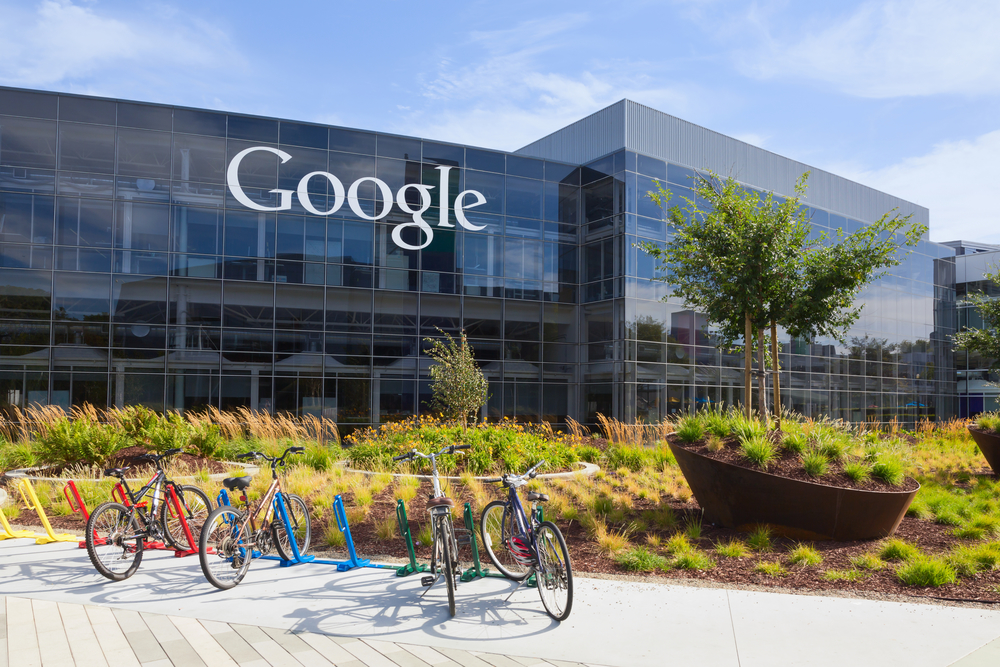
Google’s test vehicles are of many that California’s DMV has given 10 companies permission to test publicly. Though trained test drivers must sit behind the wheel, Google wants to remove the wheel and pedals for the general public. Its argument: It would be safer to take all control away than expect a person to snap safely to attention in an emergency. As a famously data-driven company, Google proposes a composite sketch of evidence would show its cars are safe. Each day, Google runs more than 3 million miles of computerized driving simulations. Engineers devise challenging real-world situations, then see how the cars respond. A “functional safety analysis” assesses what hardware or software might fail and how to minimize those risks.
Public road testing would have been the last piece. But before and after all of these events, Google representatives had consistently checked with officials at the DMV and California State Transportation Agency about the status of rules. State officials have trooped from Sacramento to Silicon Valley for test rides, while Google’s technical experts and lobbyists have headed to the capital for briefings or talks about regulation writing.
At the DMV, officials have pleaded for input from Google and traditional automakers to help set a clear, objective safety standard. At a meeting in May in Washington, traditional automakers joined Google in voicing concern that regulation — particularly in California — could stifle innovation.
Still, California officials are “taking cues” from the National Highway Traffic Safety Administration, said the state’s secretary of transportation, Brian Kelly. NHTSA’s official position holds that any state which authorizes self-driving cars should require a licensed driver who can take control.
In interviews, NHTSA Administrator Mark Rosekind and his boss, U.S. Transportation Secretary Anthony Foxx, said the federal government’s message to California was “go safe.” Intriguing as the technology’s life-saving potential may be, California should not hastily write new regulations, despite “pressure” to do so, Rosekind wrote DMV Director Jean Shiomoto in April.
Over the summer, Google expanded its road testing from Silicon Valley to Texas, where state law would not prohibit cars without pedals and a wheel. Some within California’s DMV wondered whether Google’s move was motivated by frustration with its home state. But as automakers and others close in on making the technology commercially available—cars with at least some autonomous capabilities could be on the road within three to five years—such de facto legality is hardly reassuring. Eventually, state and federal policymakers will have to come up with rules. That’s fine, because everyone in this game wants rules, so they know the guidelines they’re playing under, from an early stage. If you develop a system using radar and cameras, then the feds later demand you include LIDaR, you’re out of luck.
The issue comes from policymakers who are not yet equipped to decide just how to regulate robo-cars. The tech is new, complicated, and being developed in different ways by different companies, so just understanding how it works is difficult, let alone knowing how to make it work safely.
This technology is charging ahead, despite the lack of a coherent national contract, and a patchwork of rules from the few states that have legislation on the books. Some companies will opt to ask forgiveness later rather than permission now. They’re simply moving forward. “That may force very difficult questions about what the legal regulation of the driver should be,” says Bryant Walker Smith, an assistant professor at the University of South Carolina School of Law and affiliate scholar at the Center for Internet and Society, who studies self-driving vehicles. “It will be driven by what actually gets to market.”
In other words, it may be the Googles and Delphis and Audis of the world who play the deciding role in how this technology rolls out.
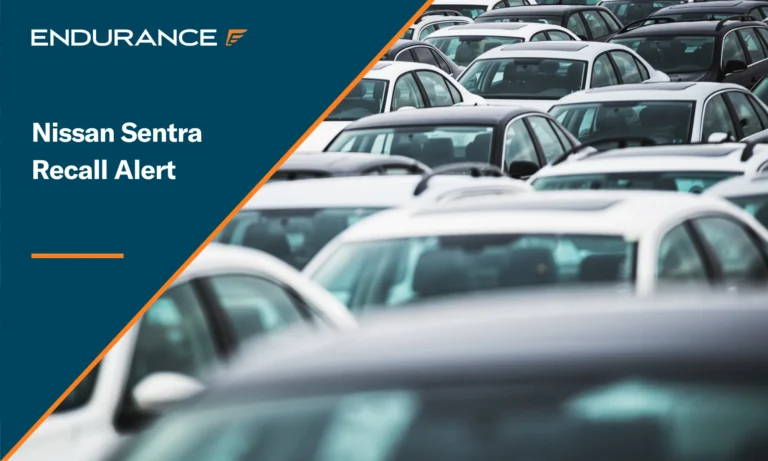
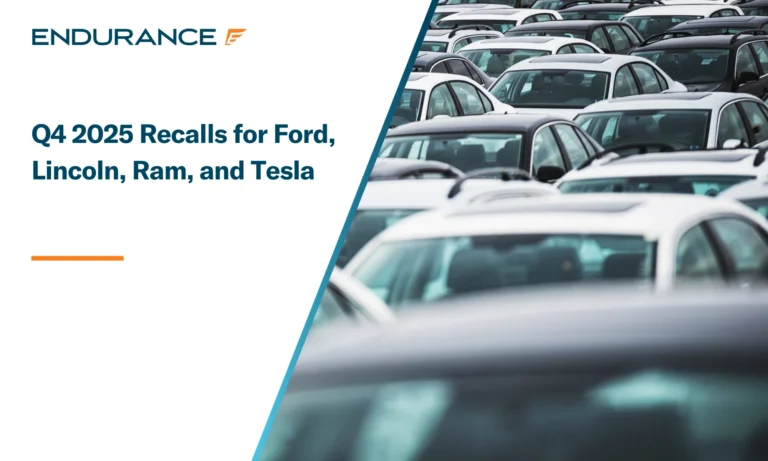
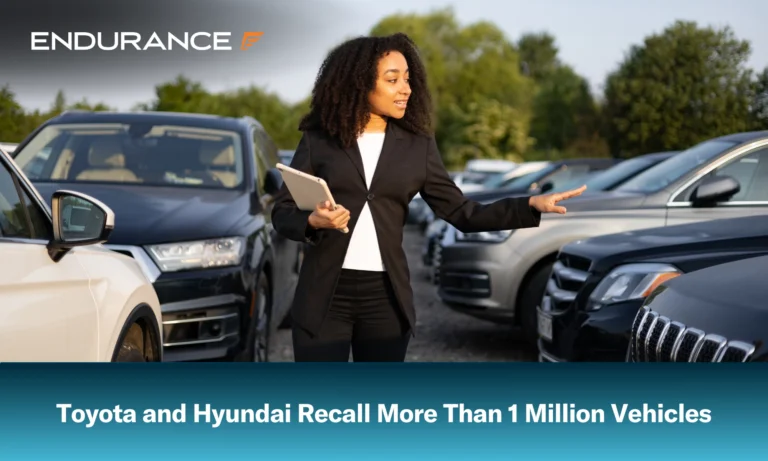










Alex has worked in the automotive service industry for over 20 years. After graduating from one of the country’s top technical schools, he worked as a technician achieving a Master Technician certification. He also has experience as a service advisor and service manager. Read more about Alex.